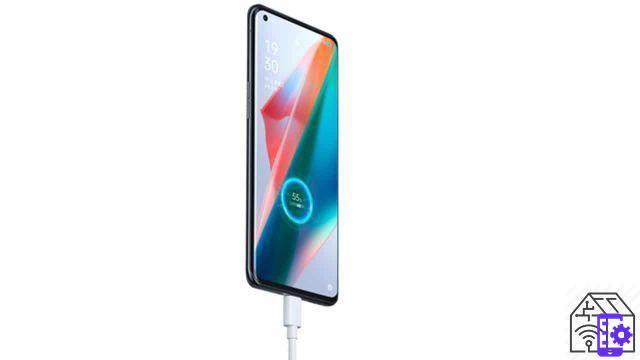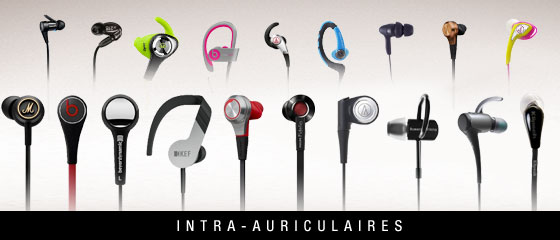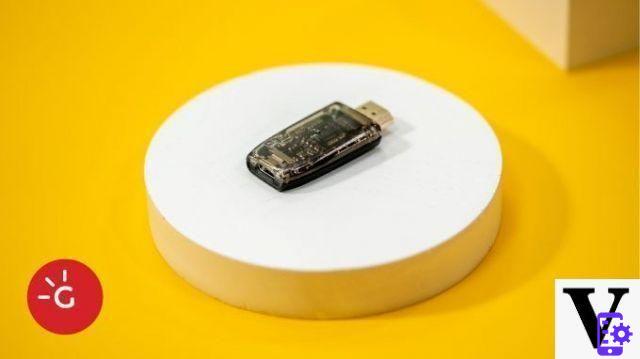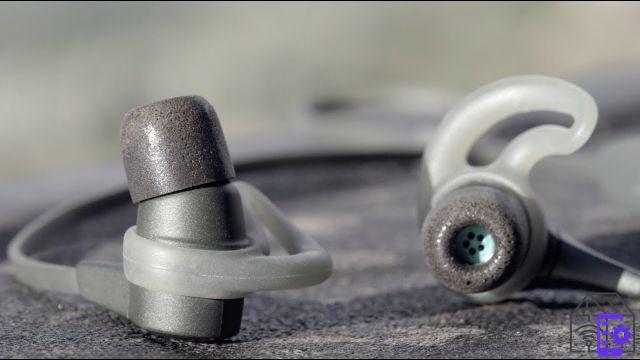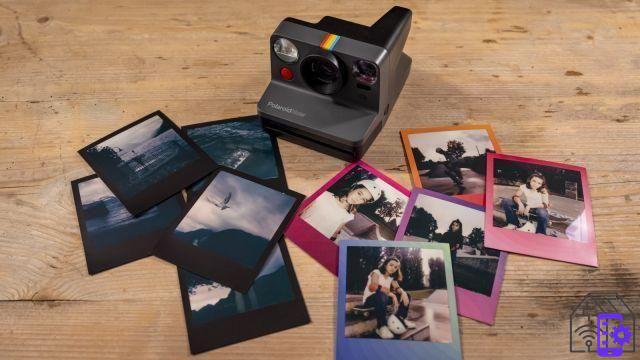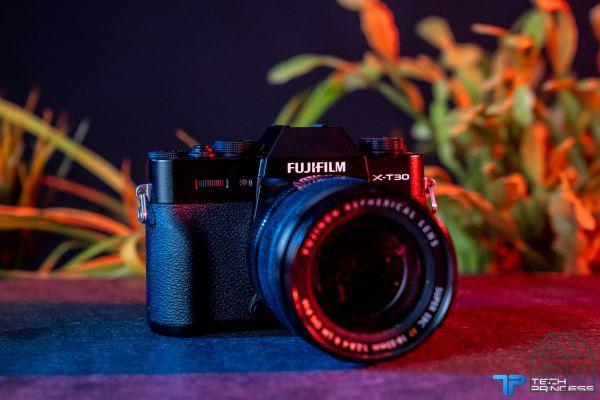 Fujifilm X T30 it is the evolution of a camera that I really loved so much, the X-T20. About the “younger sister” I liked how the manufacturer had managed to bring so much quality into a compact, small and very portable body. In short, Fujifilm X-T20 was a model that fully incorporated the concept of true portable mirrorless offering an excellent quality-size ratio. Fujifilm X-T30 is no exception, and it has so many surprises under the hood, some that I really didn't expect. At the national premiere, Fuji's words were "we didn't really need to present an X-T30 given the excellent sales of the X-T20, but since we did it as a natural technological evolution, we integrated the right innovations“; and they were absolutely right.
Fujifilm X T30 it is the evolution of a camera that I really loved so much, the X-T20. About the “younger sister” I liked how the manufacturer had managed to bring so much quality into a compact, small and very portable body. In short, Fujifilm X-T20 was a model that fully incorporated the concept of true portable mirrorless offering an excellent quality-size ratio. Fujifilm X-T30 is no exception, and it has so many surprises under the hood, some that I really didn't expect. At the national premiere, Fuji's words were "we didn't really need to present an X-T30 given the excellent sales of the X-T20, but since we did it as a natural technological evolution, we integrated the right innovations“; and they were absolutely right.
Fujifilm X-T30 review: the video
Fujifilm X-T30 review: camera technical specifications
Fujifilm X-T30 looks like a compact, small and extremely portable body like its predecessor. It measures 118.4 × 82.8 × 46.8mm and weighs 383 grams for the body only with battery and memory card, in short, a real featherweight. The sensor is pretty much the same as the manufacturer's flagship Fujifilm X-T3, so it's a 4-26 megapixel APS-C X-Trans CMOS 1 which is able to give great quality in the shots. The image processor is a X-Processor Pro 4 which guarantees ISO values from 200 to 12.800 (expandable from 100 to 51.200) e an incredible 30fps burst (albeit with a 1.25x crop which still allows you to shoot at 16 megapixels). If, on the other hand, you want to shoot at full resolution, that is 26 megapixels, you can still get a very good one 8fps burst with mechanical shutter or 20 fps with electronic shutter. On Fujifilm X-T30 we then find the same hybrid focus system present in X-T3, therefore also the same speed. The hybrid AF system has 425 phase-detection points across the frame, so you won't have problems focusing on subjects (even at speed). Then there is a 3 "display that I define" FujiTiltabile "because it can be folded but not fully, as well as a viewfinder 2.36 million dot OLED EVF and a 100fps refresh rate in BOOST mode. We then find the video recording in 4K / 30fps without crop, internal 4: 2: 0 8-bit recording or external 4: 2: 2 10-bit recording with gamma F-Log support and much more. Speaking of video recording, Fuji also added the film simulation in this model "ETERNAL“, Suitable for videomakers. Then there is a USB-C port that can also be used for headphones and, unlike X-T3, assingle SD slot. All this at a very competitive and excellent price, but we'll talk about it later. In short, among the relevant innovations in this X-T30 and certainly not insignificant, we find a new and fantastic sensor, a new autofocus and new important video modes.Fujifilm X-T30 review: design and materials
Obviously the similarities with X-T20 are many, but Fujifilm X-T30 brings with it some improvements and interesting small details borrowed from its big sister X-T3, such as the Joystick. The previous model had the classic directional D-Pad which in this model has been removed in favor of a comfortable and functional 8-way Joystick. On the X-T30 the Q button was then moved, and now it is definitely more uncomfortable as it is too lateral. For the rest, very small design details (such as a small profile on the side of the display to help the user pull out the monitor faster). In the back we find as always 3 "monitor and various function keys, in addition to the EVF viewfinder with the classic ring-type focus ring (on the left) and the key to change the viewing mode on the right. Present two convenient dials (one in the back and one in the front) to manage shutter speeds and / or apertures (your choice). The rings are actually there even if not strictly necessary because, as you well know, with a Fujifilm system of this type (and of a superior type) you have the times on a comfortable upper ring (on the body) and the apertures in a dedicated ring directly on the 'target. This difference is certainly important compared to the competition but it is also a detail that I consider extremely comfortable and that makes the shooting experience faster. The novelty in terms of connectivity is on the side, where we always find, alas, a 2.5mm jack but also a new USB-C connector instead of the USB-micro standard. This novelty leads to two other interesting functions: the first is obviously the possibility, for the user, to recharge the camera even with a powerbank or with any USB-C cable (now very common and widespread), the second is that of connect classic headphones using this port, thus avoiding having to buy jack adapters or the like. Fortunately, the headphones in the new iPhones have a Type C connector… ah no. Satisfied with the weight and above all with the quantity of buttons and dials present in this Fujifilm X-T30, less satisfied with ergonomics, but this, dear ladies and gentlemen, is an extremely subjective opinion that cannot be shared by everyone. Clearly Fuji with this body was aiming to make something compact and definitely not really suitable for those with big hands like me, and indeed it is. In short, I would be more of a Fujifilm X-T3 target, and I say this above all for a matter of ergonomics and comfort. But if you don't have giant hands like mine, then the X-T30 today represents everything you are unconsciously looking for in a camera, except for the tropicalized body, a lack that actually makes itself felt. This means that there is no resistance to water and dust, and you will have to pay close attention when shooting outdoors. Fujifilm X-T30 uses the same NP-W126S battery found in X-T100 and X-T3 which guarantees an average of 300-400 shots, enough to follow an event of medium duration. Clearly everything changes according to the display used, the type of brightness, the mode you are using (for example, using the BOOST mode the performance increases but the autonomy drops) and so on.Fujifilm X-T30 body gallery
Fujifilm X-T30 review: performance and shooting quality
Fujifilm X-T30 has the same sensor as Fujifilm X-T3, flagship of the Japanese company. It also has the same autofocus, great video side potential and good autonomy. Fujifilm X-T30 is the entry level camera of excellence that is not so much entry, period. I am not a "Fuji FAG", that is the phenomenon that describes a person who sees nothing but Fuji and Fuji from here and Fuji from there, I always feel objective and sincere in my reviews and if there is something wrong I say it without problems. I'm here to tell you the truth about every model and so will the Fujifilm X-T30 as well. For heaven's sake, nothing to say about the shooting quality, I have seen really important improvements over the Fujifilm X-T20. The thing that seemed decidedly strange (but sensible) is that the sensor and processor of this model are the same as Fujifilm X-T3, the shooting quality and the ISO yield, however, are not. On a logical level it makes no sense, on a commercial level it does. This means that, on balance, if you take the same photo with X-T30 and with X-T3 you will notice the difference (maybe not all eyes are experts in the same way, but there is something different). In terms of contrast and sharpness, I noticed the difference especially in photos taken in the presence of low light. In fact, I already knew the quality of Fujifilm in general during "day" or for "normal" photos, that's why I wanted to squeeze X-T30 well in the heaviest and most difficult situations, such as photos on the track during a Motocross training at the runway of the Ciglione della Malpensa and photos during a live performance of JazzAppeal, that is Jazz music in a club in Gallarate with decidedly reduced light. [Shooting quality
In short, Fujifilm X-T30 has a really performing and newly developed sensor, the same present in Fujifilm X-T3. All very nice, and in fact the quality is very high, but, comparing some shots taken in the same conditions with X-T3, I realized that contrast and detail vary. Sure, it's something that only the fussy eaters notice in my opinion, but there is a small difference. How do I comment this? Well, luckily I would say, otherwise what reasons would there be for preferring X-T3 aside from ergonomics and the lack of a dual slot? It is not possible to take home a miniature top of the range at a lower price than a "normal" lens, so I agree with this choice. Then there is to specify that it may not be a choice of Fuji but perhaps a difference in software or some other internal component (which I do not know), but in fact something changes and it shows, albeit not immediately. For the rest, nothing unusual to report for this model: this mid-range series proves to be a fantastic choice and mandatory for anyone who really wants to get off to a great start. Yes, because in all this Fujifilm's true entry level is the X-T100 (speaking of interchangeable lenses), while X-T30 should be a mid-range, even if the price segment is more of an “advanced entry level”. X-T20 remained in the list with a lower price, so it might be a good time to consider buying it, unless you're particularly drawn to the new X-T30. Personally I've gotten used to the quality and frets of the X-T30 by now, which is why I wouldn't buy an X-T20, but I'm definitely sick, forget it.
Autofocus
I particularly liked the different focus management modes that allow you to “tell” the camera what situation you are in so that the AF motor is more or less responsive. In fact, going to the menu "AF-C customization settings”Which is written in Fujinian as“ Custom. AF-C ”you will find six different settings complete with descriptive images that will make you understand what the selected setting corresponds to. Each import can then be modified or managed manually to vary the sensitivity of the motion tracking, the speed and so on. For example, on the Motocross track I used setting 4, called "Setting 4 for subjects that appear suddenly”Precisely because I was under a slope after a jump and I couldn't easily understand when the bike could arrive. This setting allows the camera to always remain active (or always on who goes there) and to focus extremely quickly. As for the photos taken during the Jazz performance, I chose setting 2, that is "Setting 2 ignores obstacles and continues to track subject“Because the main jazzman kept moving around holding various objects like microphone, stands and so on in front of him, but I needed to focus on him, and he did. In short, on the focus side, I really have nothing to say, apart from the fact that it is a very complex system to be mastered, which is why I invite you to do a little practice before going immediately into a dynamic situation. Try the various modes (which are really many) and learn how to manage your Fujifilm X-T30: I'm sure it will not disappoint you in the end. I was also extremely surprised by the video-side Autofocus, always fast and precise and able to demonstrate how much progress the manufacturer has made in recent times. With the new firmware 4.1 in fact the AF also on the video side is much more precise and faster than X-T3, but rest assured, this update will also arrive in the flagship.Relevant news for the software
Fujifilm X-T30 also brings with it news on the software side: the manufacturer has in fact announced that it is present on this model the new firmware 4.1 which will then be followed by the release of a new smartphone app (finally) with new features and with a fundamental detail in particular: the app will work this time. Although the famous “espacio color” item has not yet been corrected with the new firmware, there are indeed important innovations linked above all to focus and global reactivity. It is in fact available automatic exposure on faces, the Face + Eye tracking on the whole sensor (which is not common in a segment of this type) and a great reactivity of the touch panel. Everything said by Fuji is really true: the new Firmware brings great interesting news that above all work. The quality of the AF software functions are of quality and comparable to much more performing and expensive cameras. In addition to this, within the menu we also find l’intervallometro, a function much loved by Timelapser and more; instead of buying an external remote control you can then do everything inside the camera (as already happens in other models). Alas, once the time lapse is finished it is not possible to see a quick preview as it happens in the Panasonic GH5 (which has a smaller sensor) and in the Sony cameras of the A7 series up to the third generation (therefore from A7II downwards) via the help of a paid app to install - which was then DANNAZIONE removed (why did you Sony? Why? I suffer so much) - but which fortunately will be back soon in a new update (albeit not with a real app store like happened in the past).Video
There isn't much to say on the video side aside from complimenting the engineers who put this technology into such a small body. Fujifilm X-T30 is a little gem that also winks a little at the world of cinema. Let's face it: not everyone believes or has particularly believed in Fujifilm models as far as video is concerned. In fact Fuji had also made the famous (more or less) X-H1 dedicated to video, but it went a little unnoticed. But thanks to the introduction of new Cine lenses, an Eterna film simulation / color profile true to the industry and the new features present in this and other cameras… well, things are changing considerably, it must be said. Think about it: in less than 400 grams you have the video recording in 4K uncropped at 30 fps. This means that the sensor records in 6K and makes a real crop in 4K, so the quality will be truly faithful. Thanks to the HDMI output you can also have a 4: 2: 2 10 Bit output with Fujifilm range log, another key feature for those who want to do things seriously. Do you really think you can do better with this figure? Difficult, but as regards the confidence, at the video level, in a mirrorless it is not given only by the quality but also by the ability to focus in the right way, and, personally, I find that in all this Fujifilm X-T30 is valid. Too bad, however, for the monitor that cannot be folded down completely, which prevents you from thinking of Fujifilm X-T30 as a vlog camera.Fujifilm X-T30 review: photo gallery
Fujifilm X-T30 review: my conclusions
In short, to buy or not to buy Fujifilm X-T30? It depends, there is no definitive answer. Do you want to get off to a great start? Buy it Do you want to buy something more than a classic entry level camera? Buy it Do you want to switch to mirrorless with something that doesn't cost too much but offers quality? Buy it Do you want to combine it with another flagship you already have for weekend photos? Buy it Want to get off to a great start on YouTube or with some small video production? Buy it Do you have a Fujifilm X-T3 and are looking for a second body that is compatible with the lenses you already have? Buy it Are you a fan of full-frame sensors for some strange reason? Do not buy it, also because Fujifilm has announced that it will NEVER make full frame sensors, so either eat this window or take pictures of the soup (it was like that, right?).Fujifilm X T30
Pro 
- Great shooting quality
- Wonderfully precise and fast autofocus
- Excellent video quality
- Big pro improvements
- Log in Fuji gamma
- 4K without crop
- Extreme portability
- Low weight
- Perfect value for money
Cons 
- The Fuji-Tiltabile monitor that makes you lose so many points
- The Q key is in a really awkward position





